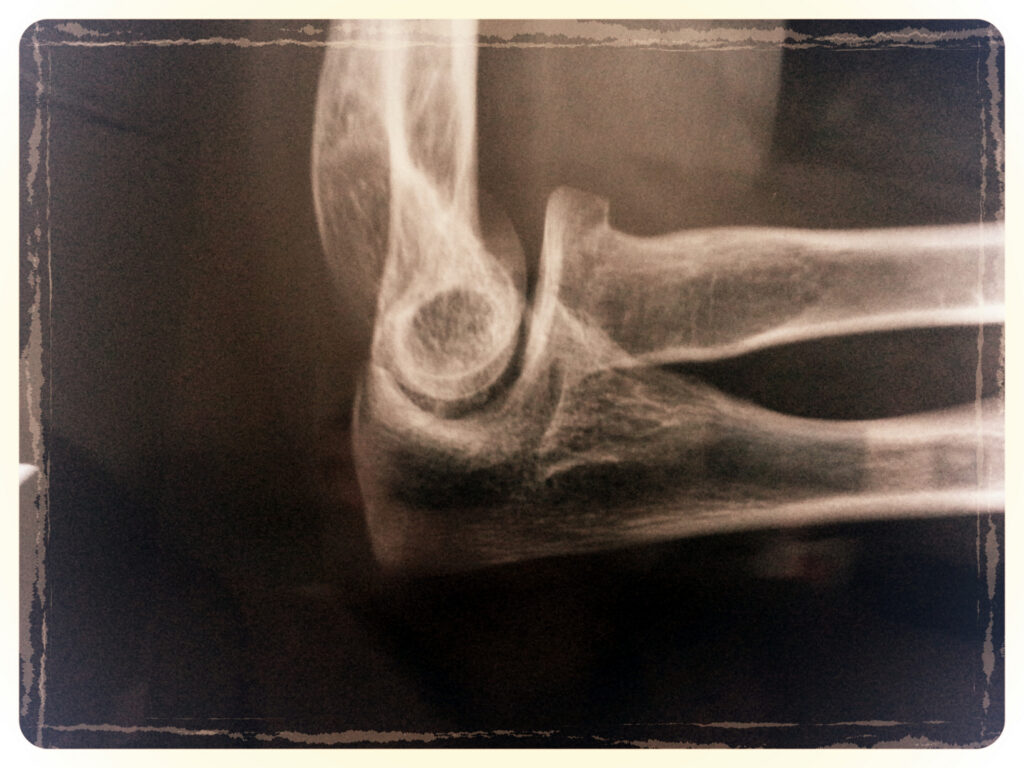A recent study published in JAMA Psychiatry found that psychiatric medications are associated with increased risk for major osteoporotic fractures. FRAX, a tool used to assess the risk of fractures in the general population, was seen to significantly underestimate this risk in patients diagnosed with mental health disorders and in those taking antidepressants, mood stabilizers, antipsychotics, and benzodiazepines.
“It’s an important issue, and physicians need to be aware that the FRAX tool is not going to fully capture fracture risk in these patients or the association between fracture risk and these psychiatric medications.”

A research team, led by James Bolton, MD, investigated the association between mental disorders and psychotropic medication use with the risk of fractures. Data consisting of 62,275 women and 6,455 men were used from the Manitoba Bone Density Program. All participants were over the age of 40 (mean age of 64.2 years) and had been referred for baseline dual-energy x-ray absorptiometry (DEXA) scan between January of 1996 and March of 2013. At the end of March in 2013, the number of major osteoporotic fractures was documented. This included fractures in the hip, vertebrae, humerus, and forearm.
Within this population-based cohort study, 18.9% had a mental health disorder. The rate of fracture risk increased was found to be associated with diagnoses such as depression (39%), anxiety disorders (19%), and schizophrenia (82%). However, this risk was not significant until findings were adjusted for medication use. Antidepressants, antipsychotics, and benzodiazepines were independently demonstrated to be significantly associated with the increase in fractures.
“When we did a more sophisticated analysis and took into account other factors at play, it’s really the medications that seem to be the more important driver in terms of being a risk factor for fractures,” Bolton stated.
Further analysis of the FRAX tool’s accuracy in assessing risk of fractures revealed that while it may be accurate in use with the general public, it significantly underestimates the risk among those taking SSRI antidepressants (36%), mood stabilizers (98%), antipsychotics (171%) and benzodiazepines (31%). Additionally, FRAX was found to underestimate the 10-year risk of major osteoporotic fractures (29%) and hip fractures (51%) in individuals diagnosed with depression.
“Mental disorders and medication use were associated with an increased risk for fracture, but in simultaneous analyses, only medication use was independently associated with fracture. Depression and psychotropic medication use are potential risk indicators that are independent of FRAX estimates,” write the authors.
Previous research has demonstrated the risk of falls and subsequent fractures associated with the use of psychoactive drugs (see MIA report). Adding to the concern here is that the FRAX tool fails to fully capture this risk, possibly because it was developed by applying the tool to the general population, rather than a subset of the population more likely to be at risk of fractures. Researchers underscore the importance of physicians being informed of the limitations in FRAX assessment, especially considering these medications “are among the most commonly used” in clinical practice.
“We use these medications all the time — they are among the most commonly used medications in clinical practice,” states Bolton, “So physicians need to think about fracture risk as they are prescribing these medications, especially in patients who are vulnerable to fracture.”
****
Bolton, J. M., Morin, S. N., Majumdar, S. R., Sareen, J., Lix, L. M., Johansson, H., . . . Leslie, W. D. (2017). Association of Mental Disorders and Related Medication Use With Risk for Major Osteoporotic Fractures. JAMA Psychiatry. doi:10.1001/jamapsychiatry.2017.0449 (Summary)














